School garden design for outdoor classrooms and play areas has blossomed into a vibrant trend that merges education with nature. While traditionally, classrooms were confined within four walls, the modern move towards outdoor learning spaces is reshaping how students interact with their environment. These green havens foster hands-on learning experiences, allowing students to engage with the curriculum in a dynamic and interactive way. Far from being just utilitarian, school garden designs can transform mundane play areas into lively ecosystems that spark curiosity and imagination. Incorporate these school garden ideas to craft an enriching outdoor classroom or play area that's both engaging and educational.
Outdoor classroom seating arrangement. Incorporating a circular stone seating area and a chalkboard encourages interactive lessons and fosters community learning in a nature-inspired setting. Source
Outdoor activity areas with climbing walls and natural play structures. These elements encourage physical activity and creativity in a school garden setting. Source
Play area with slides and climbing structures. Integrating sensory-rich design elements can enhance physical play and social interaction among children. Source
Playground equipment cluster with climbing structures and slides. This design encourages active play and physical development in children while also providing a space for social interaction. Source
Active play area features. Incorporating climbing structures and balance elements encourages physical activity and social interaction among students. Source
Playground structure with swings and climbing frames. Incorporating varied play equipment stimulates physical activity and teamwork among students. Source
Play structure with climbing elements and slide. Incorporating diverse activities encourages physical fitness and social interaction among students. Source
Playground climber with shaded seating area. Integrating dynamic play structures encourages physical activity while providing a space for rest and socialization. Source
Garden design incorporating raised beds and trellises. This setup enhances student engagement with hands-on learning experiences in an inviting outdoor classroom. Source
Outdoor amphitheater seating with grassy slopes. This design allows for versatile outdoor learning activities and gatherings for students. Source
Circular tiered seating areas. Incorporating natural amphitheaters can enhance outdoor classrooms and collaborative learning. Source
Vibrant play areas with swings and slides. Incorporating safety surfacing promotes active play while ensuring a secure environment for children. Source
Raised garden beds
Raised garden beds are a game changer for growing veggies and flowers. They improve drainage, keep soil warm, and make gardening more accessible, especially for those with mobility issues. Plus, you can customize the size and height to fit your space and style!
Natural seating areas
Natural seating areas in garden design create cozy spots to relax and enjoy the surroundings. Using materials like stone, wood, or even repurposed materials can blend seating into the landscape seamlessly. Incorporating plants around these areas adds privacy and enhances that peaceful vibe, making it a perfect escape.
Interactive learning stations
Interactive learning stations in garden design can really elevate the experience. You could set up areas where people can engage with plants, like touch stations for different textures or scent stations for fragrant herbs. Adding signage or QR codes that lead to videos or tips on gardening techniques makes it even more fun and informative.
Butterfly and pollinator habitats
Creating a garden that attracts butterflies and pollinators is all about choosing the right plants. Native flowers like coneflowers, milkweed, and lantana provide nectar, while host plants give butterflies a place to lay eggs. Adding water sources and shelter can make your garden a buzzing hotspot for these vital creatures!
Edible plant sections
Creating edible plant sections in a garden is super fun and practical. You can mix herbs like basil and parsley with veggies like tomatoes and peppers for a vibrant look. Plus, having fresh ingredients right outside your door makes cooking so much easier and tastier.
Sensory pathways
Sensory pathways in garden design create engaging experiences that stimulate the senses. Think of textured plantings, fragrant flowers, and colorful foliage guiding visitors through the space. Adding elements like wind chimes or rustling grasses enhances the auditory experience, making each stroll a unique adventure.
Shade structures
Shade structures can make a huge difference in garden design, providing a cool spot to relax and enjoy nature. Options like pergolas, awnings, and shade sails not only offer protection from the sun but also add style to your space. Plus, incorporating climbing plants or decorative curtains can enhance their look while creating a cozy vibe.
Designing a school garden with a focus on outdoor classrooms and play areas involves creating an interactive and engaging space that fosters both learning and play for students. The process typically includes arranging garden beds or vegetable patches that can be used as living laboratories for biology lessons, complemented by seating arrangements such as benches or logs for outdoor classes, creating a seamless flow between educational and recreational areas. The final result is a versatile, sustainable garden that not only enhances students' learning experiences by connecting them with nature but also promotes physical activity and play through thoughtfully integrated play areas, ensuring that the garden serves as a dynamic and multifaceted educational environment.

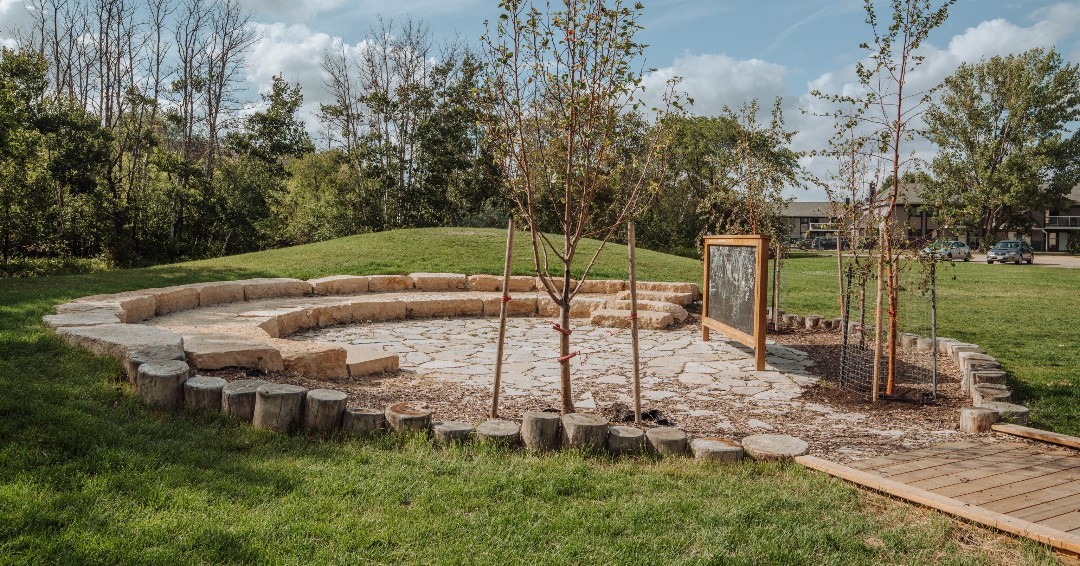
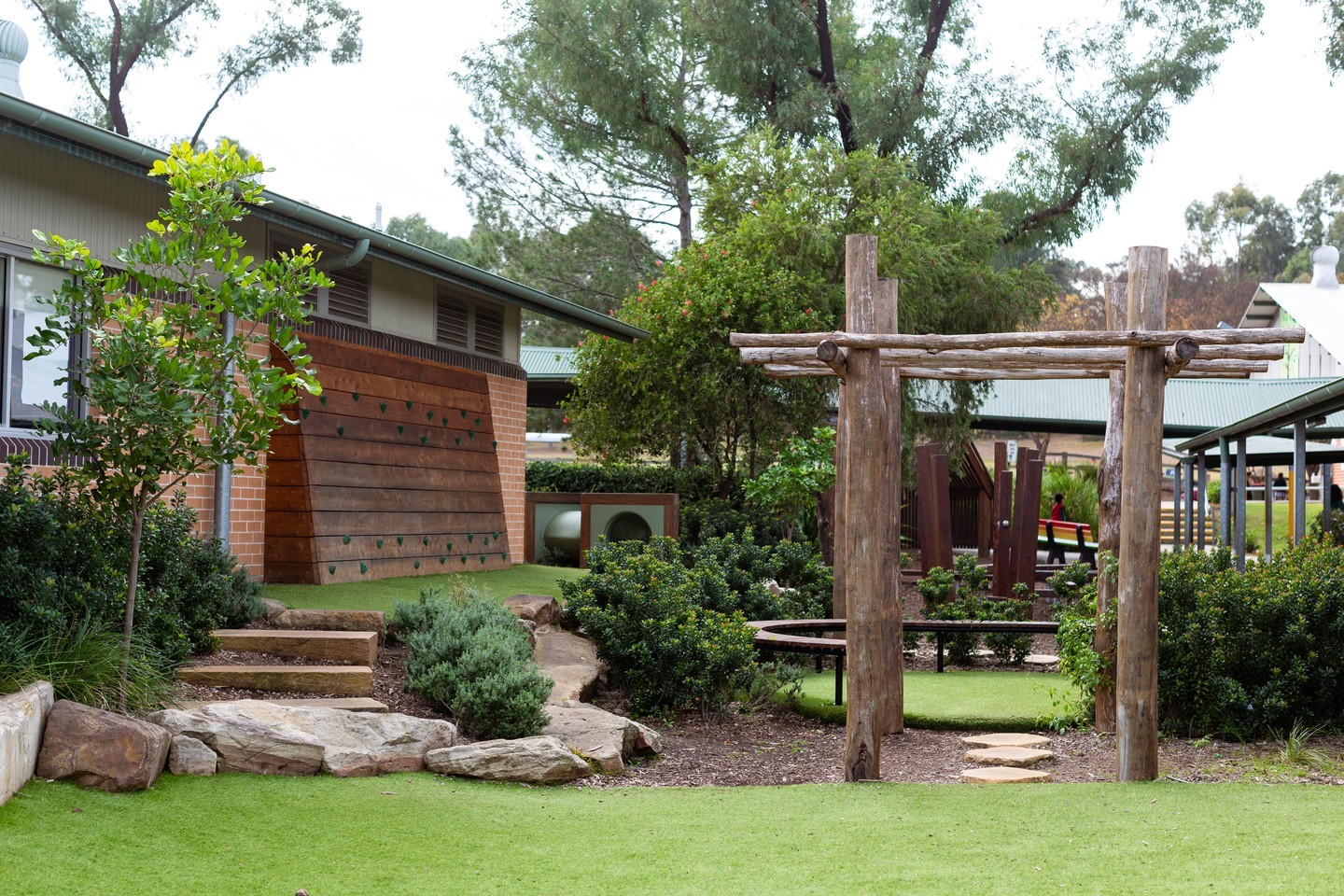
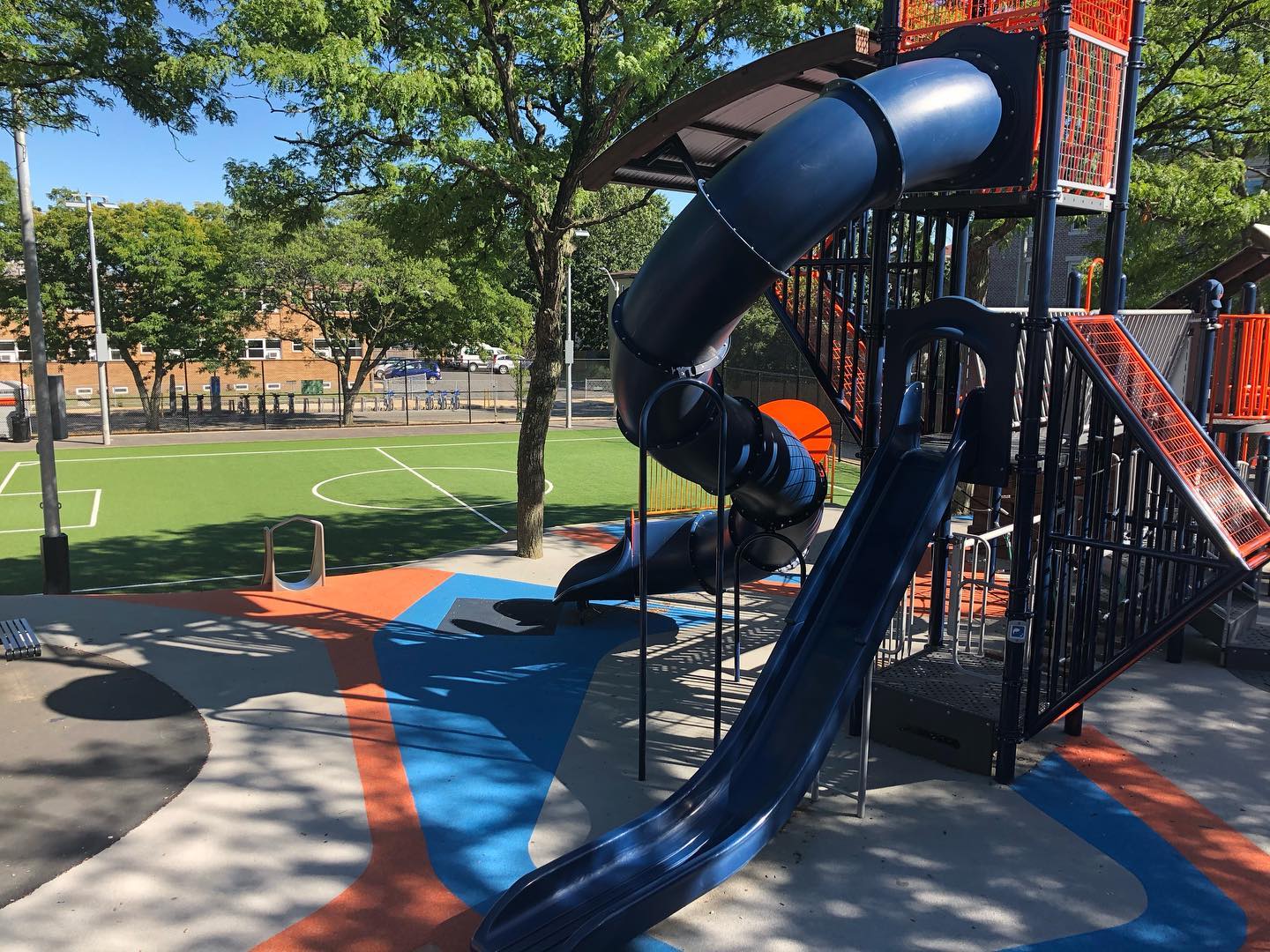
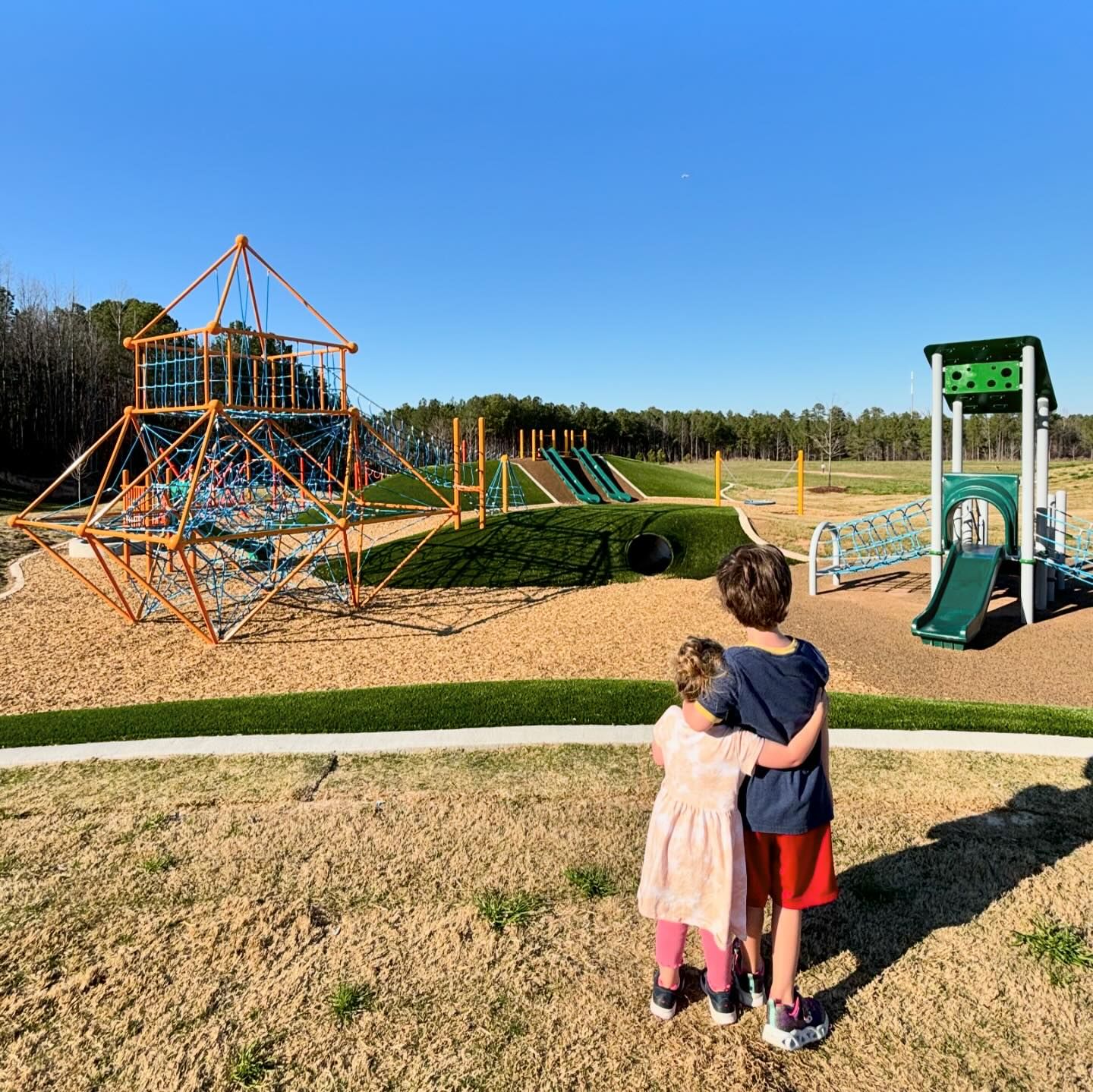
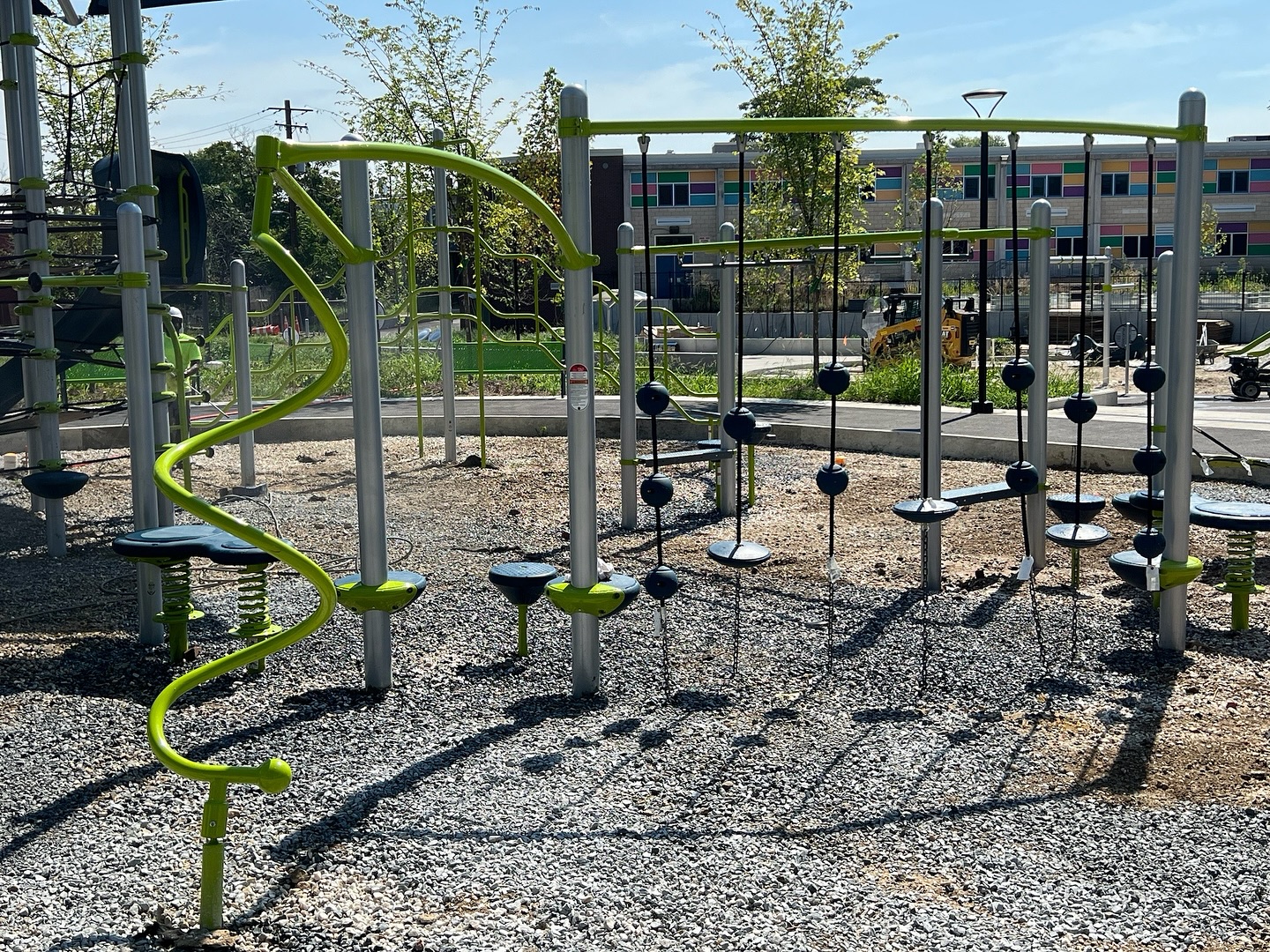
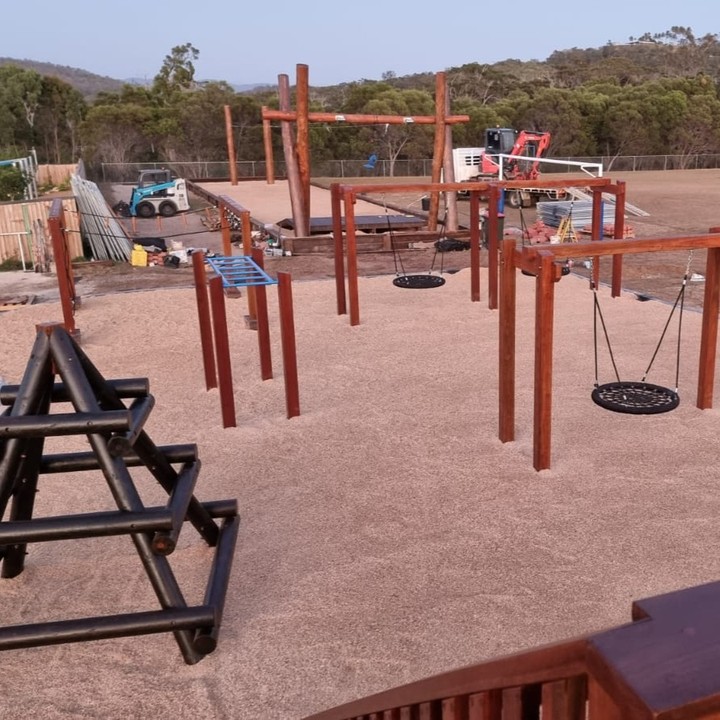

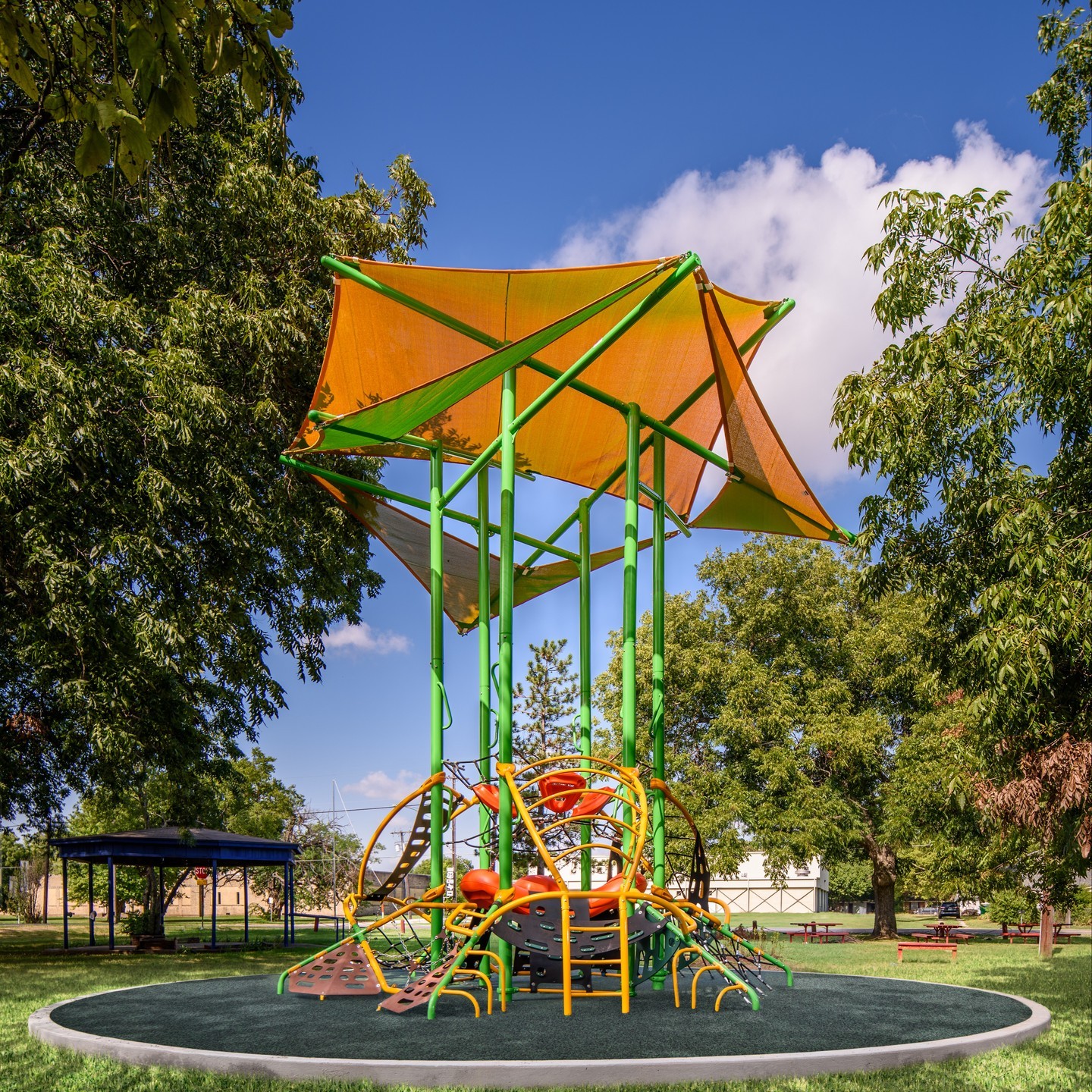

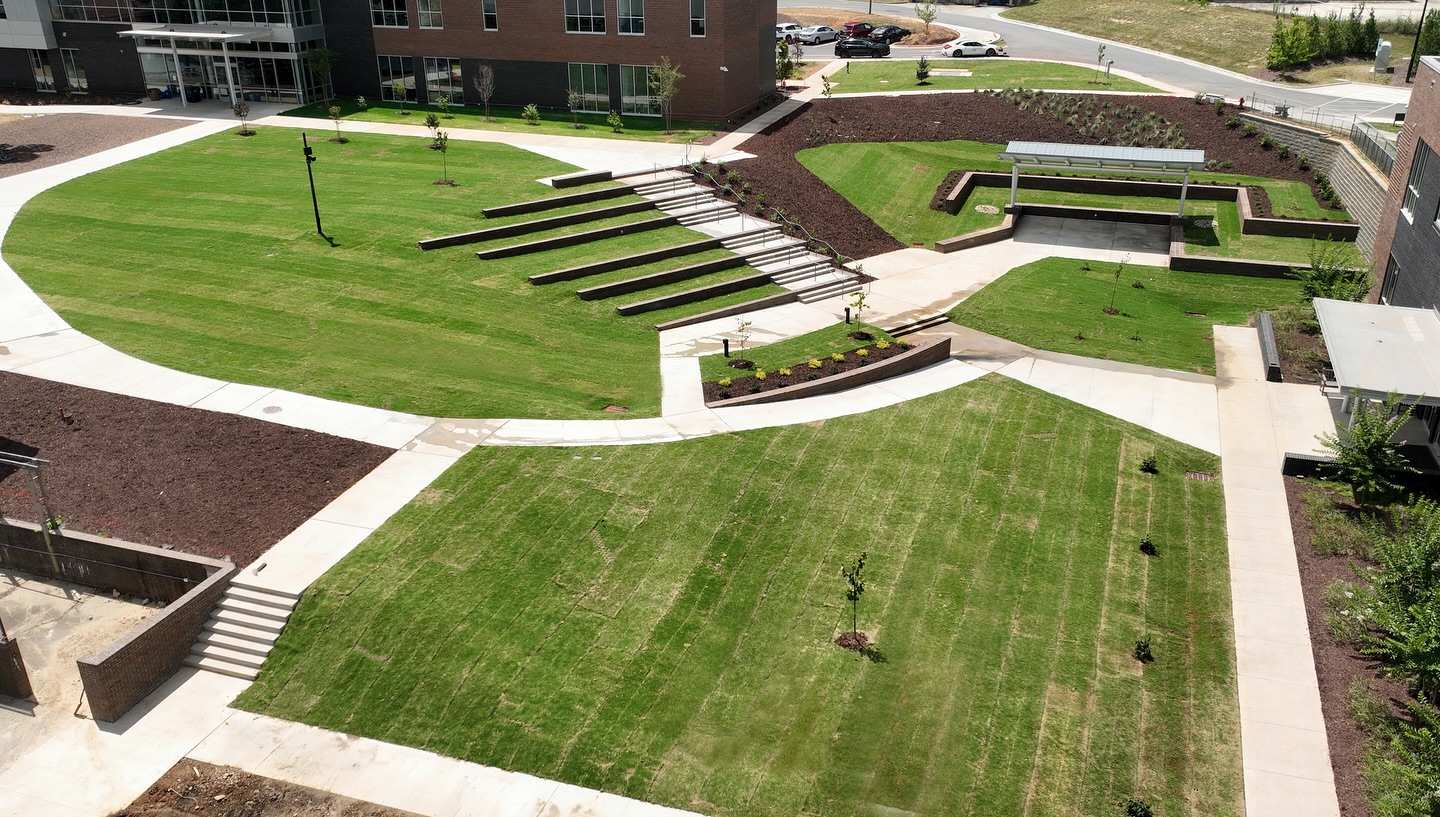
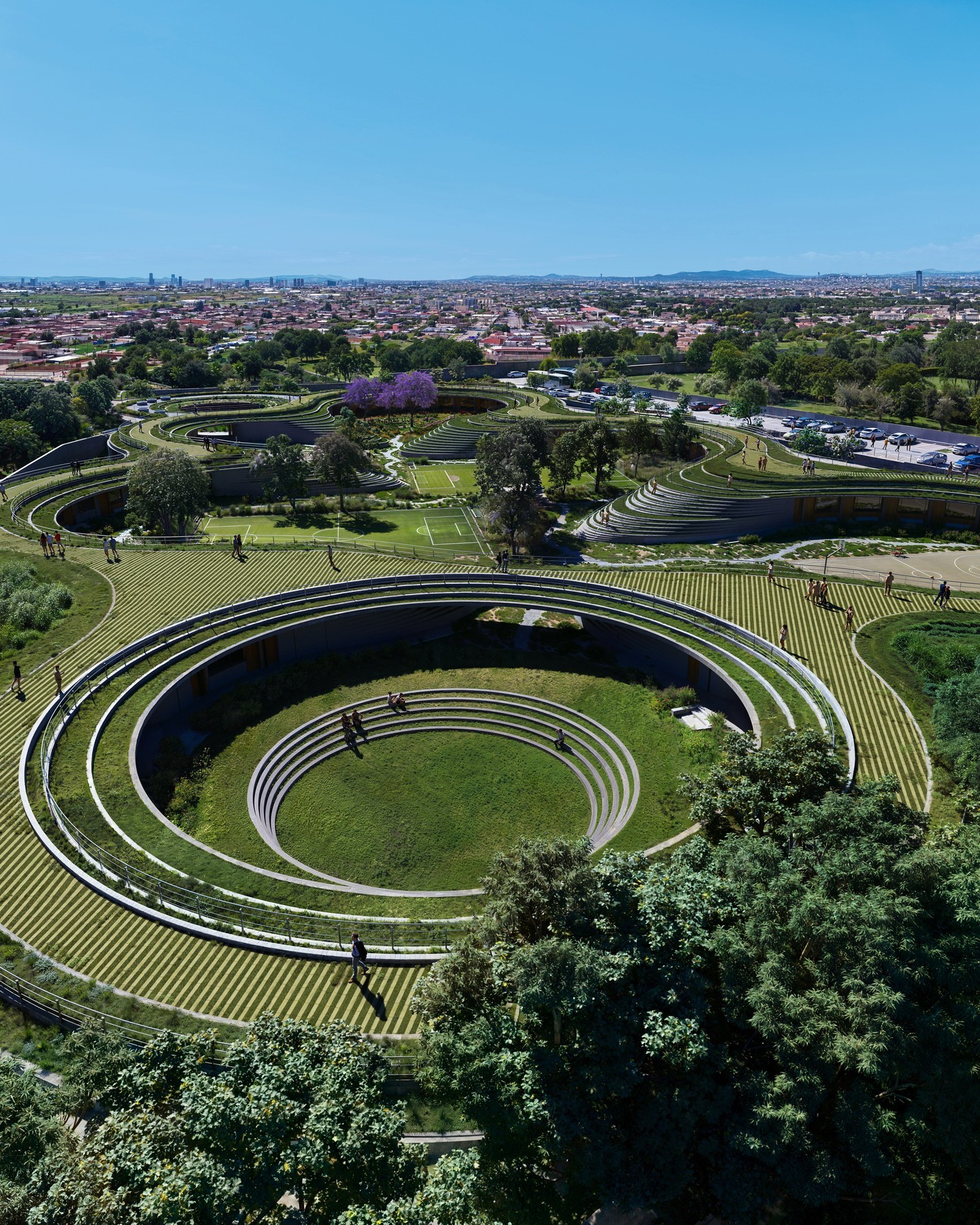
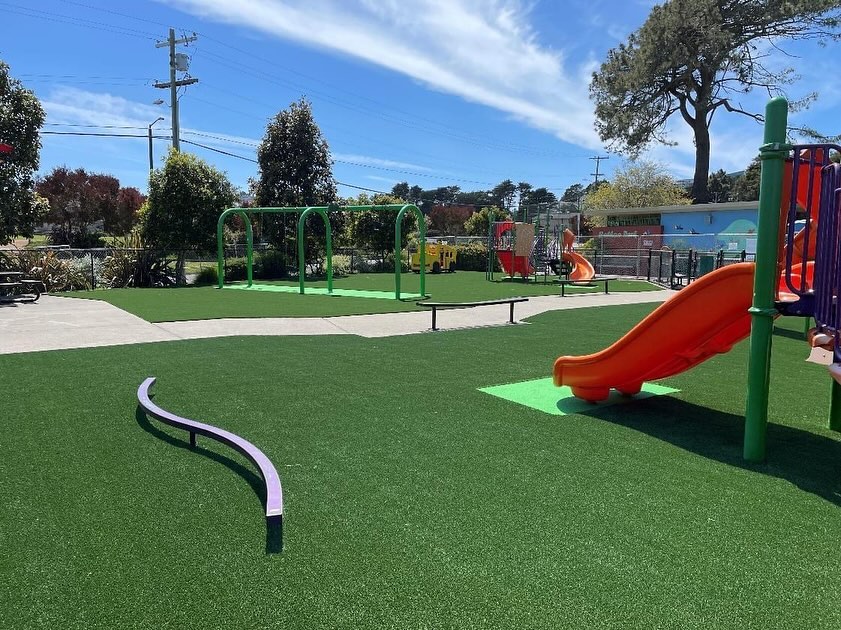

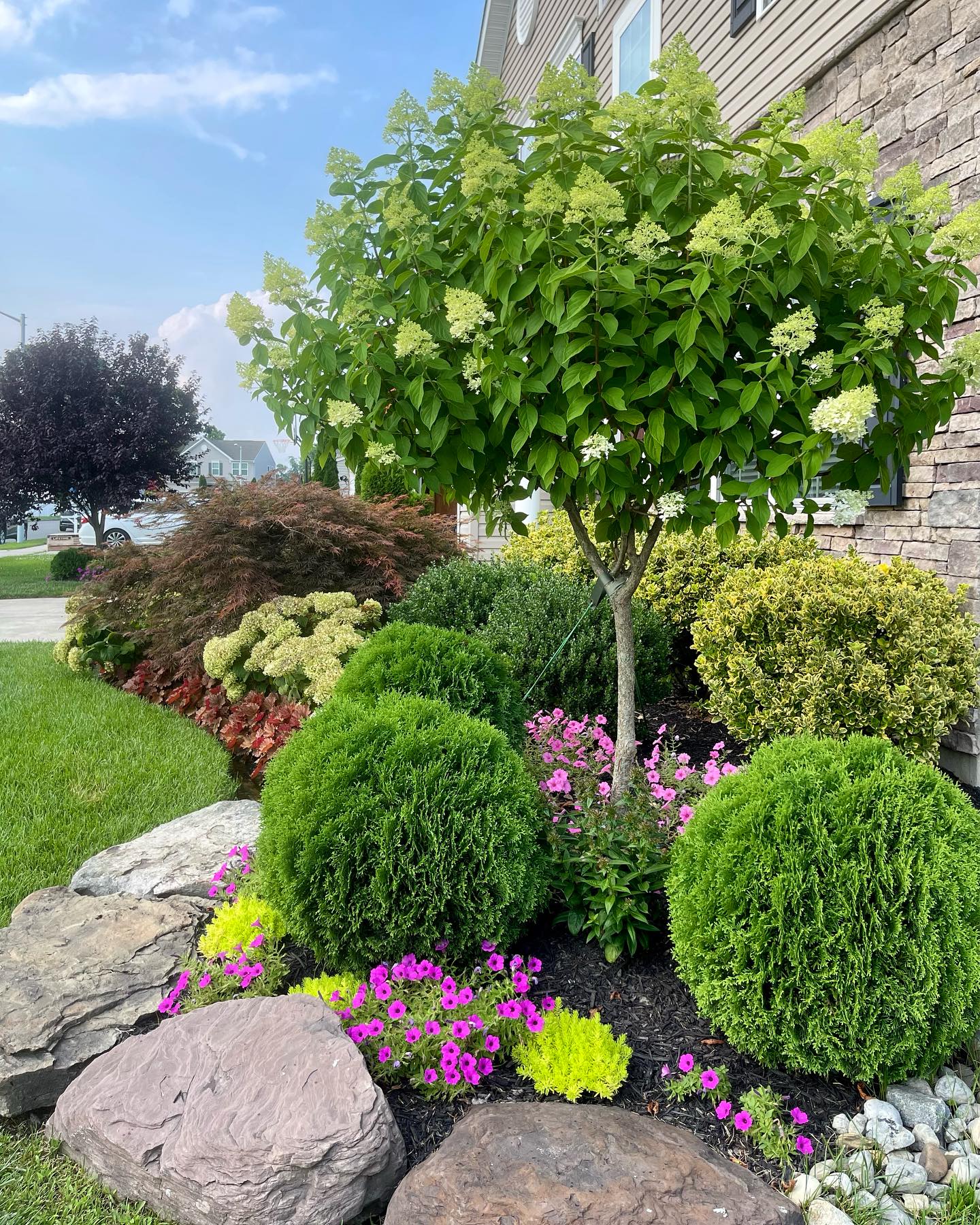
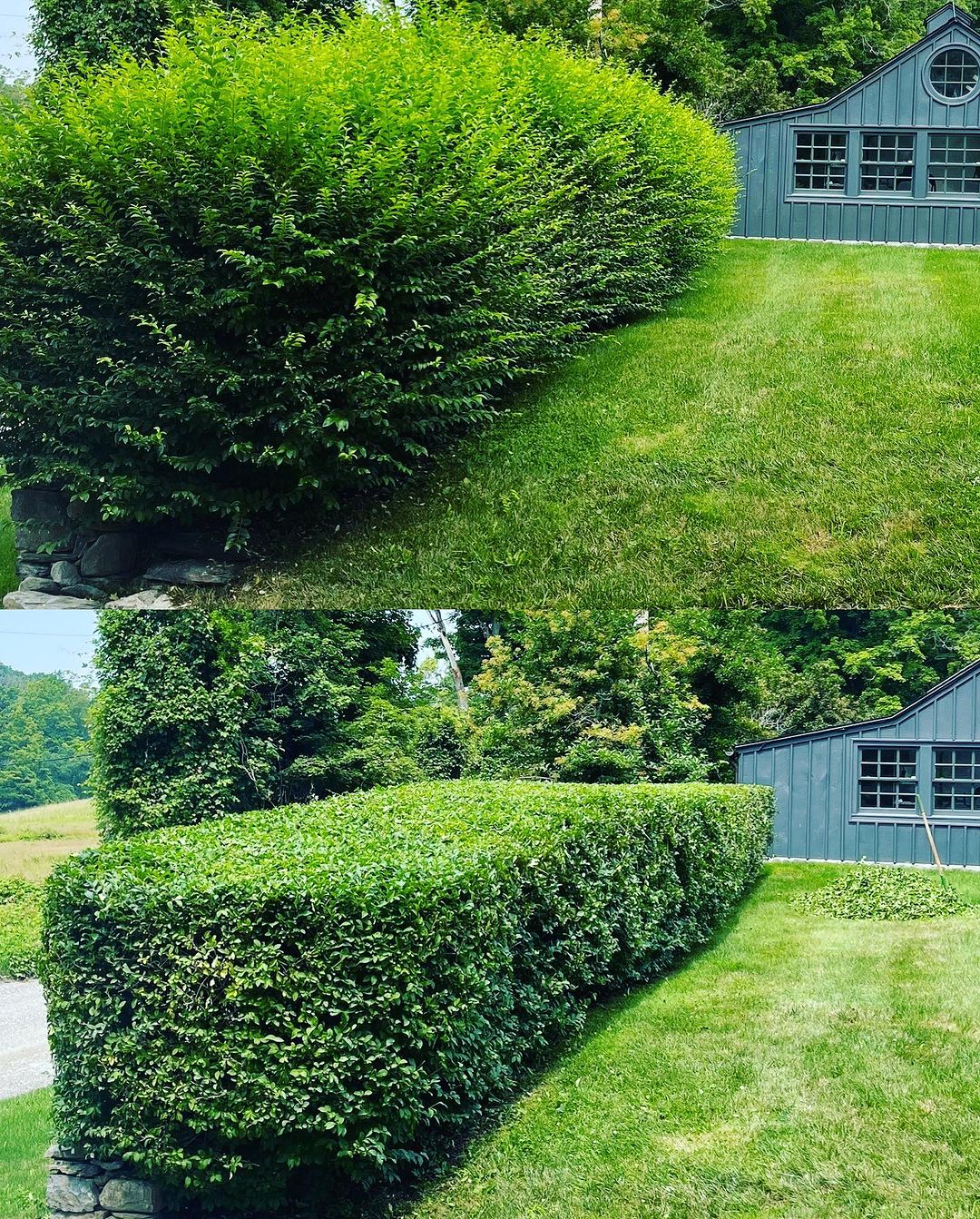
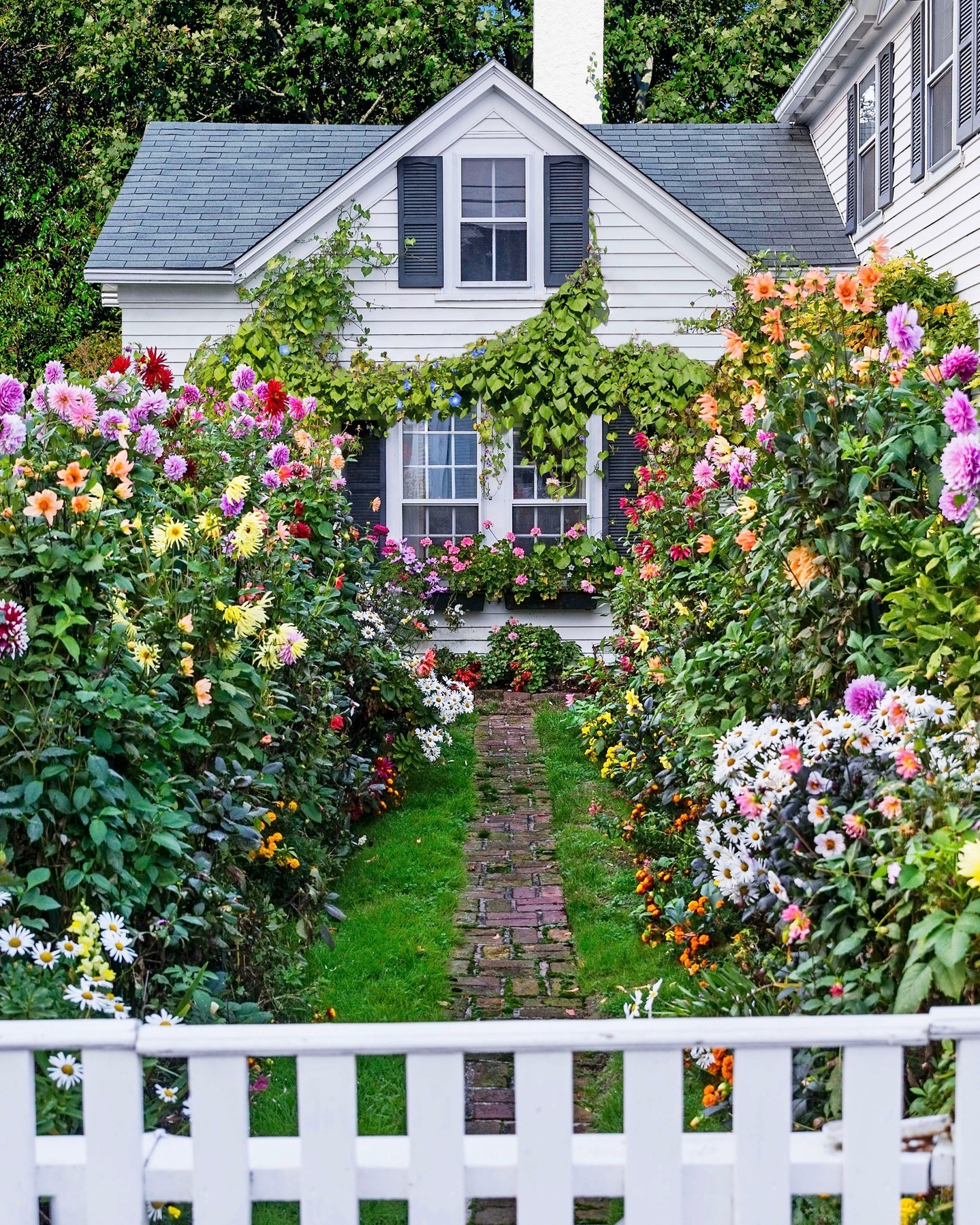
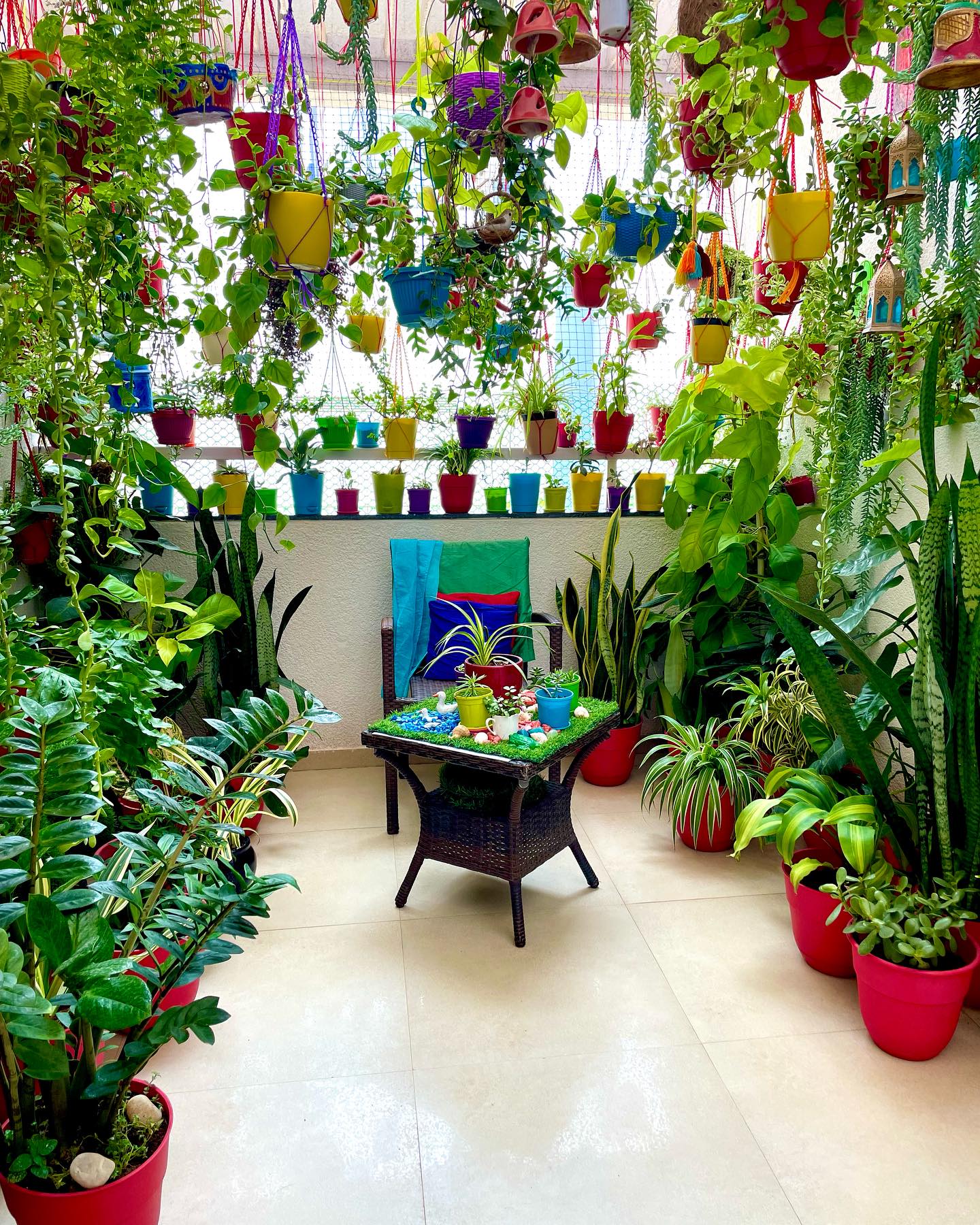
Comments